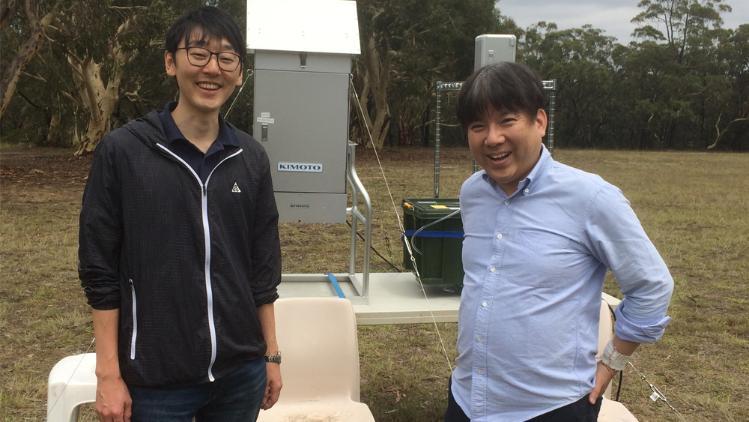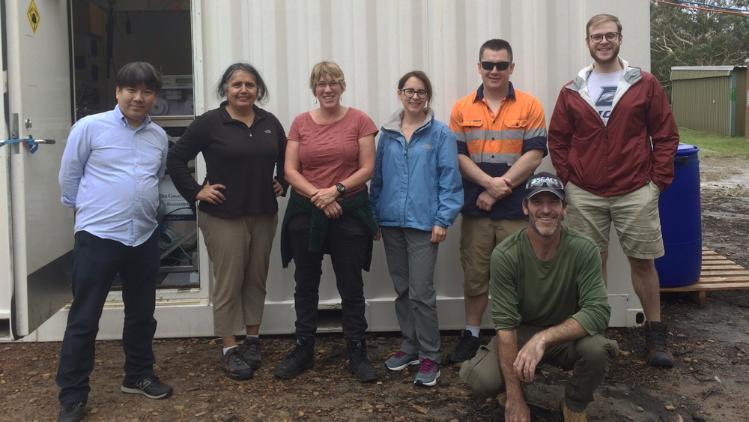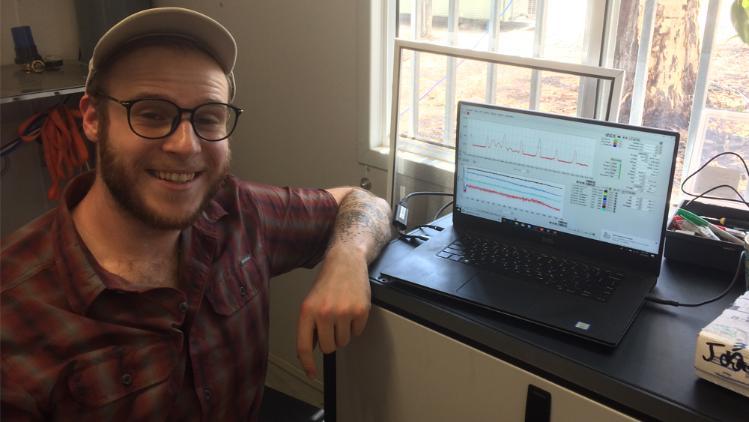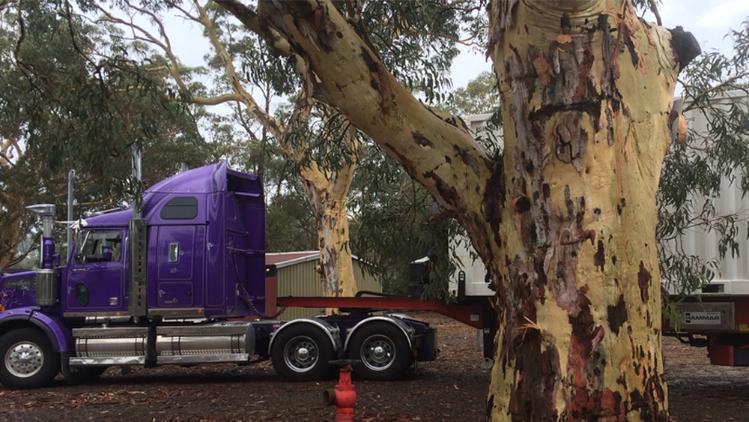So today the 3 of us remaining standing finalised the pack-up at Cataract to spell the end of the COALA-JOEYS campaign.
Before I go into some actual news, I would like to extend an invite to all involved in the campaign (or even just interested) to join in a virtual end of campaign party (since sadly a real one is off-limits). I will try to sort some possible times that might work for a beer/coffee and send an invite later.
This last week we have been frantically trying to finish up before the expected lock-down occurs here. We had some great weather that, along with some very long days, helped us achieve all the remaining experiments that I outlined last week.
Today the PTR packing was finalised and it is awaiting pick-up at the distribution centre at the University of Wollongong. AIRBOX is powered down, packed and strapped down also awaiting pick-up (when we know where it’s going next!). The DPIE air quality station is similarly packed and ready for transportation. Malcolm fetch all the University of Sydney gear yesterday and all the UOW gear is back at the lab (some major clear up will be needed when we next can spend serious time there). Sho packed up the Nagoya gear last week.
Meanwhile all the VOC tube samples have gone to their respective groups – Alex has confirmed that his arrived safely in California – not sure if Kirsti’s have reached Lancaster yet. Malcolm has run his already, but ANSTO has shutdown and so we are not yet able to run ours.
So it has been a truly amazing few weeks!
Whilst the world as we know it has been transformed around us, the campaign at Cataract has included:
- Approximately 8 weeks of ambient sampling, with aerosol and gas-phase continuous (1-3 minute) measurements, supplemented by filter samples from the University of Nagoya.
- Enclosure measurements of 6 species (with 3 replicates) run twice over – in January and in March - which will allow flux rate calculations for these species using the VOC tube data.
- Measurements of soil emissions of NOX and VOCs, including regular daily measurements and two sets (of slightly different) diurnal measurements.
- In addition, we ran an intensive experiment on the Scribbly Gumtree using 3 different branches for ~ 24 hours each, sampling from the enclosure onto the PTRMS. These measurements occurred for 10 minutes every half an hour, interspersed with 10 minutes of ambient measurements up the mast and 10 minutes from an open tube into the leaves of the Gumtree. Sadly, although we have ambient PAR, and PAR, humidity & temperature inside the enclosure, we didn’t manage a PAR sensor next to the open tube in the leaves (but you can’t have everything!)
On top of the COVID19 challenges, we have had problems caused by bushfires, volcanoes and drought …….(and poor plumbing!!).
We have experienced smoke, huge rainfalls and then a fairly typical end of summer, beginning of spring as far as weather is concerned. We have seen some significant new particle formation events and some interesting behaviour with the biogenic VOCs – lots of isoprene and surprisingly little amounts of monoterpenes.
I think we will have some very interesting science out of this all and I thank you all for your contributions and look forward to working together to understand the results.
Cheers,
Clare
P.S. We adopted the COALA-JOEYS name for this campaign because this name was always intended for the Australian-led part, however I would like to retain that name for the long-term measurements from ANSTO. I would like to refer to this campaign simply as COALA-2020. Let me know if anyone is unhappy with that naming.






